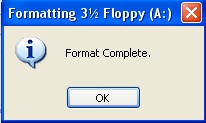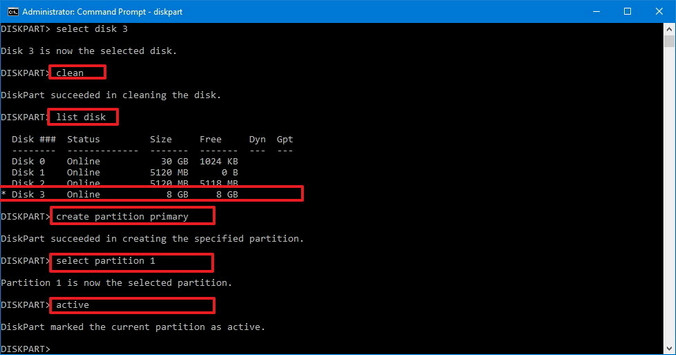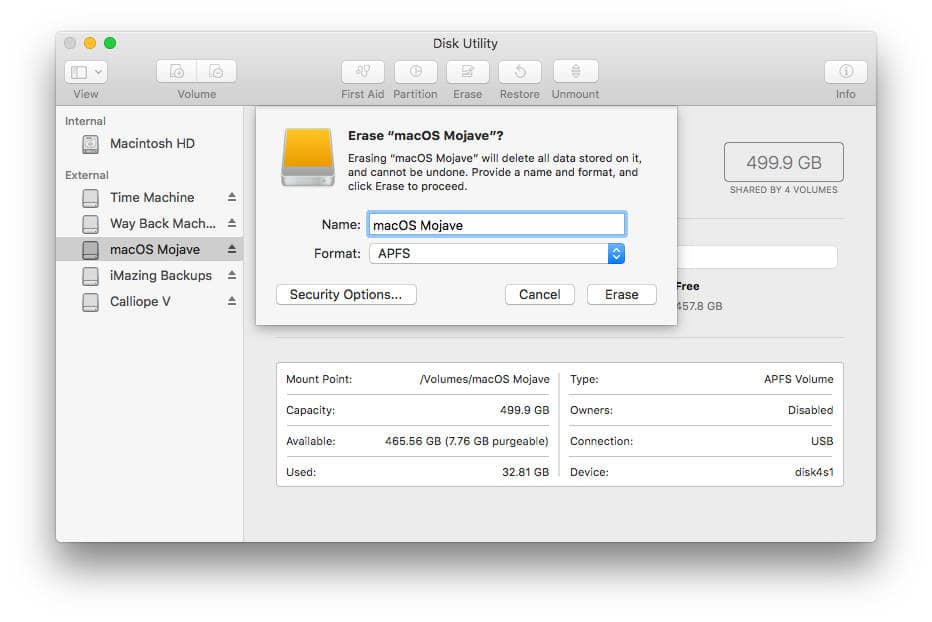

Note: Windows 98 does not include a utility for converting a drive back to FAT16 after it is converted to FAT32.

(You cannot install FAT32 on a disk smaller than 512MB.) If you click Yes, any partitions you create that are larger than 512MB are marked and formatted as FAT32 partitions. Start your computer from a floppy disk and then run Oemsetup.exe (not Setup.exe).Īn Fdisk prompt gives you a choice to enable large disk support. Set up Windows 98 on an empty, un partitioned disk. Not defragmenting your disk after converting to FAT32 will result in a less effecient (slower) computer.Ĭonvert an existing FAT16 drive in place.Ĭlick Start > Programs > Accessories > System Tools and click Drive Converter (FAT32). Note: Running Defrag to completion after converting to FAT32 is important. It may take several hours to defragment your drive. After you run the Drive Converter, Defrag runs on that drive during your next startup. This does not affect computers using a disk partition to store the Save to Disk data.Ĭonverting a drive to FAT32 in place is a safe, fast operation using the build-in graphical FAT32 conversion utility ( Note: Drive Converter will not work on drives under 512Mb). If this occurs, you must disable the Save to File feature in your ROM BIOS. With older versions of the ROM BIOS, your computer may be unable to start if it tries to read a Save to Disk file from a FAT32 drive.

If your PhDISK utility is earlier than version 5.0, you must obtain an updated version of the utility and an updated ROM BIOS from your computer manufacturer in order to use a Save to Disk file. On computers containing a BIOS made by Phoenix Technologies, you might not be able to use the Save to File feature if your primary (boot) drive is formatted using FAT32. The Save to File (Hibernate) feature may be incompatible with FAT32. However, DriveSpace does not and will not support compressing FAT32 drives. The disk utilities included with Windows 98 have been revised to include FAT32 support, in particular: Fdisk, Format, ScanDisk, Defrag, and DriveSpace. To date, most disk utilities, including those from all the major vendors, have already been revised to work on FAT32 volumes. You can also use FAT32 to format disks larger than 2GB as a single drive.įAT32 drives have a different on-disk format than FAT16 drives. FAT32 uses smaller clusters than FAT16 drives do, thus using space more efficiently on larger disks (disks larger than 1GB in size). FAT32 originally appeared in Windows 95 OEM Service Release (OSR) 2.

FAT32 is an improved version of the File Allocation Table (FAT) file system.


 0 kommentar(er)
0 kommentar(er)
